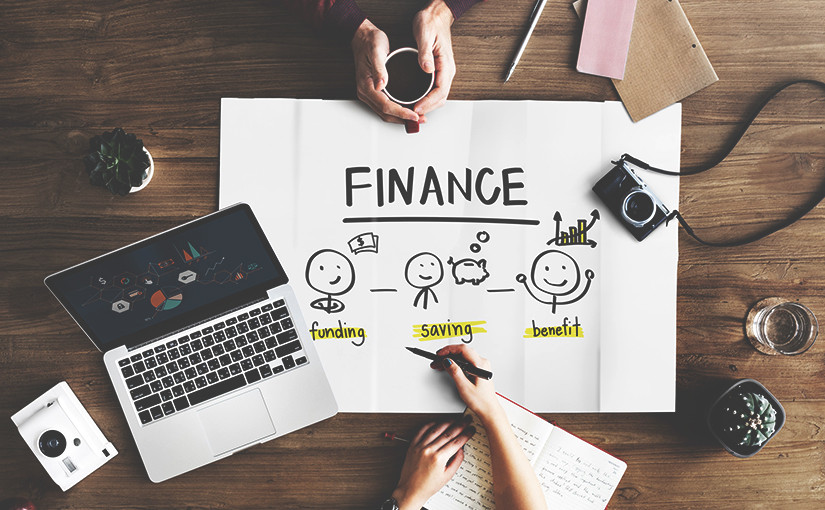When it comes to investments these days, according to the Financial Consumer Agency of Canada (and a bit of our own expertise on the subject) there are numerous options when it comes to conventional investing:
- Annuities (Retirement plan)
- Bonds (Loan to a company)
- (CSB) Canada Savings Bond (Government savings product)
- (EFT) Exchange Traded Fund (Stocks, bonds, and commodities)
- (GIC) Guaranteed Investment Certificate (Capital protection investment)
- Mutual Fund (Multi-person investment managed by a financial advisor/ manager)
- Security (Transferable investment)
- Segregated Fund (Minimum pay-out guarantee investment)
- Stock (Shares/equities in public companies traded on the stock market)
- (T-bill) Treasury Bill (Low-risk government investment with a set period)
And then, of course, a more unconventional method of investing – P2P lending (of which we are experts in and we’ll discuss later).
Each of these investment types operates by their own set of rules, risks, and interest rates.
The Ontario Securities Commission provides a calculator for you to estimate the return on your investments, compound interest, and more, under their various tabs.
The Three Main Investment Categories
- Low-risk Investments
- Medium-risk Investments
- High-risk Investments
A low-risk investment is along the lines of a regular “savings” account in the bank, such as a thirty-day deposit account that can be secured for a certain period of time at a certain rate of interest. After the said amount of time, this investment will mature, and you can choose to add more capital and reinvest or withdraw the money.
This type of investment is great if you earn a set wage or lower income or are putting money away for your child’s education or simply saving to have some extra money. It will grow at a steady pace and there’s practically no risk of losing your money.
A medium-risk investment is usually a type of investment which divides dividends or bonds into multiple categories, i.e. low and high risk, where some of the investment is “safe,” and some is “at risk.”
The “safe” money will grow slowly but steadily, and the high-risk money will obviously grow at a more rapid pace, but the ability to lose your money is just as high.
A high-risk investment is usually a “gamble” on the stock markets. There’s an opportunity to make tons of money real quick, but then the opposite is also true to lose large amounts. This is not a great option for someone who doesn’t have a large income, to begin with.
Rather, the people who can play around with this type of investment are people with a huge cash surplus, have inherited a great amount of capital, or come from family wealth.
It’s not the best idea for the average Joe with a middle-class income, as although there is a chance for a great return, you could also be left with nothing left from your investment; something most people simply can’t afford to risk occurring.
Factors to Consider When Choosing the Right Investment
- Know what you want out of your investment. What is the purpose and time frame of your investment?
- How much risk are you willing to gamble—are you willing and able to lose some money, or do you want to play it safe?
- Do you want a high and fast return?
- Is this a long or short-term investment?
- What is the ROI?
- What is the actual risk involved?
- Once you have established these needs, it’s quite simple to decide.
Here Comes the BUT:
Though these investments may seem relatively lucrative, they still don’t compare with what could be massive returns and very low risk from P2P investing.
Some experts in the P2P Investing sphere have seen as high as 12 percent return on investment. Do you know of any other bank or entity offering the same percentages?
The experts at P2P Credit have made available a great tool to help you calculate the annual average Return on your P2P Investment. See for yourself what could lie ahead, and feel free to reach out to us at [email protected] for more details on how we can help.
